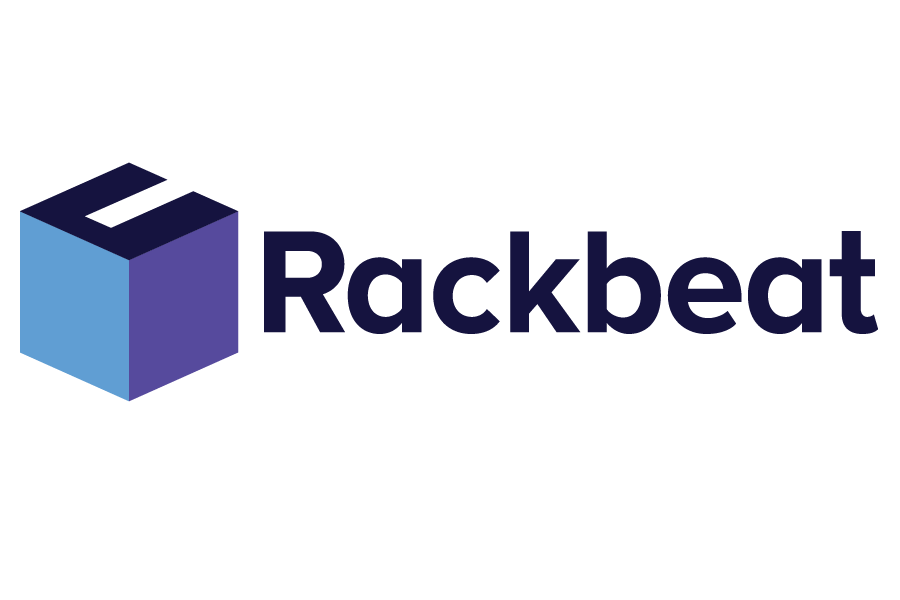Overstocking
Overstocking refers to the inventory level that exceeds the necessary amount to meet customer demand or production needs. This can lead to increased inventory costs, obsolescence of goods, and tied-up capital resources. Overstocking can also reduce the company's liquidity and flexibility.
Rackbeat July 5, 2024
Causes of Overstocking
Overstocking can occur for several reasons. Poor inventory management or erroneous demand forecasts can result in companies ordering more goods than necessary. Additionally, fear of understocking or long lead times from suppliers can lead to companies maintaining higher inventory levels as a precautionary measure. Lack of visibility over inventory levels can also contribute to overstocking.
Consequences of Overstocking
Overstocking can have serious financial consequences for a company. Increased inventory costs for storage and handling of excess goods, risk of obsolescence and waste and tied-up capital in goods are some of the direct consequences. Additionally, overstocking can reduce the company’s liquidity and flexibility, which can limit opportunities for investment in other areas of the business.
To avoid overstocking, it is important to implement effective inventory management and structured procedures. This includes accurate demand forecasts, regular monitoring of inventory levels, and close collaboration with suppliers. It is also important to analyze inventory data continuously to adjust inventory levels according to changing market conditions and customer needs.
How Rackbeat Helps You Avoid Overstocking
Rackbeat can help reduce overstocking by offering direct and accurate insight into inventory levels. Inventory is updated every time a purchase, sale, or inventory adjustment is made, providing a true picture of inventory levels so that purchases can be made in a timely manner, optimizing purchasing management. The system also allows for generating reports on purchases and sales, setting a minimum inventory level for each item based on these reports and receiving reminders when inventory approaches this threshold. These features make it easy for companies to optimize their inventory, reduce costs, and free up capital for other purposes.



